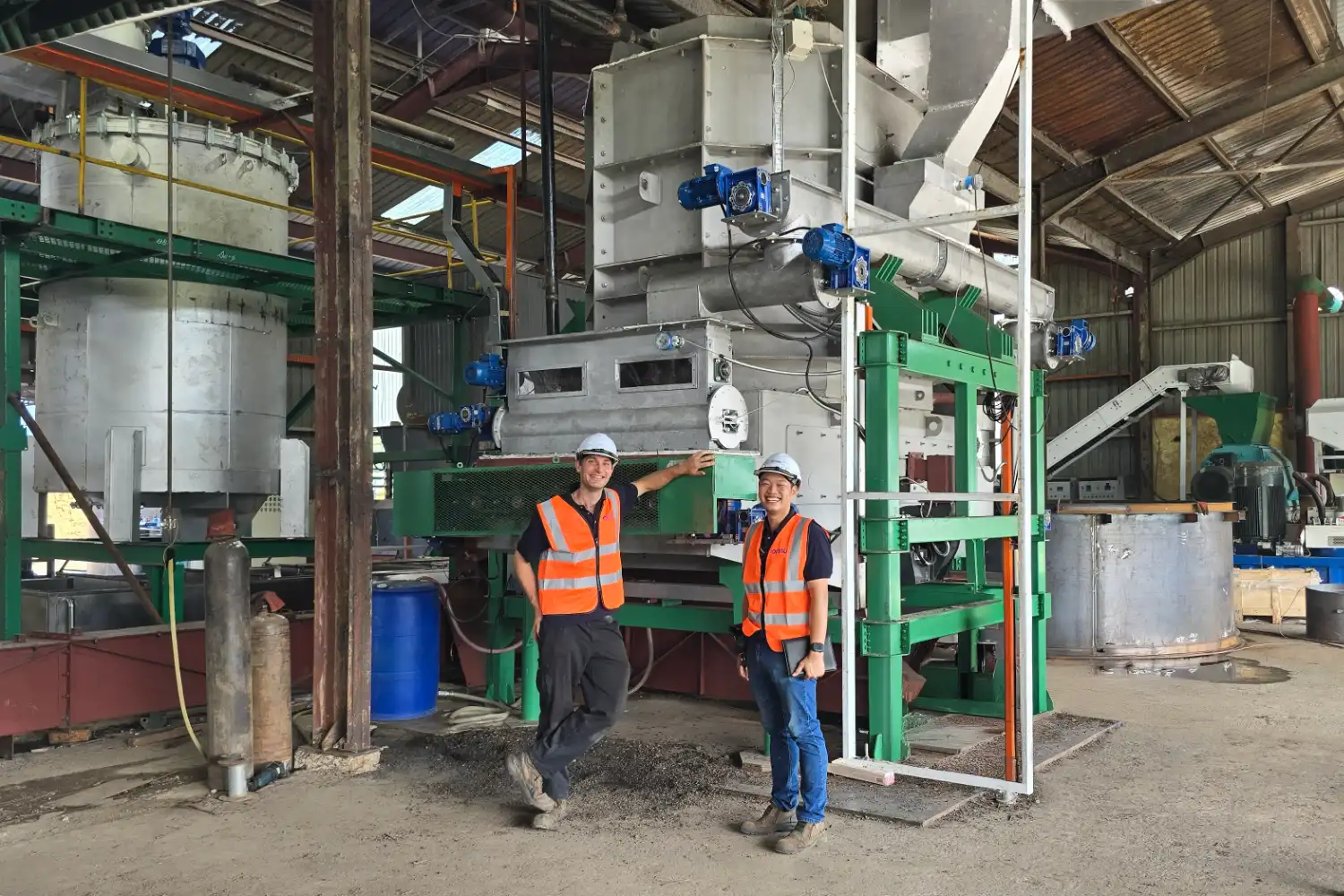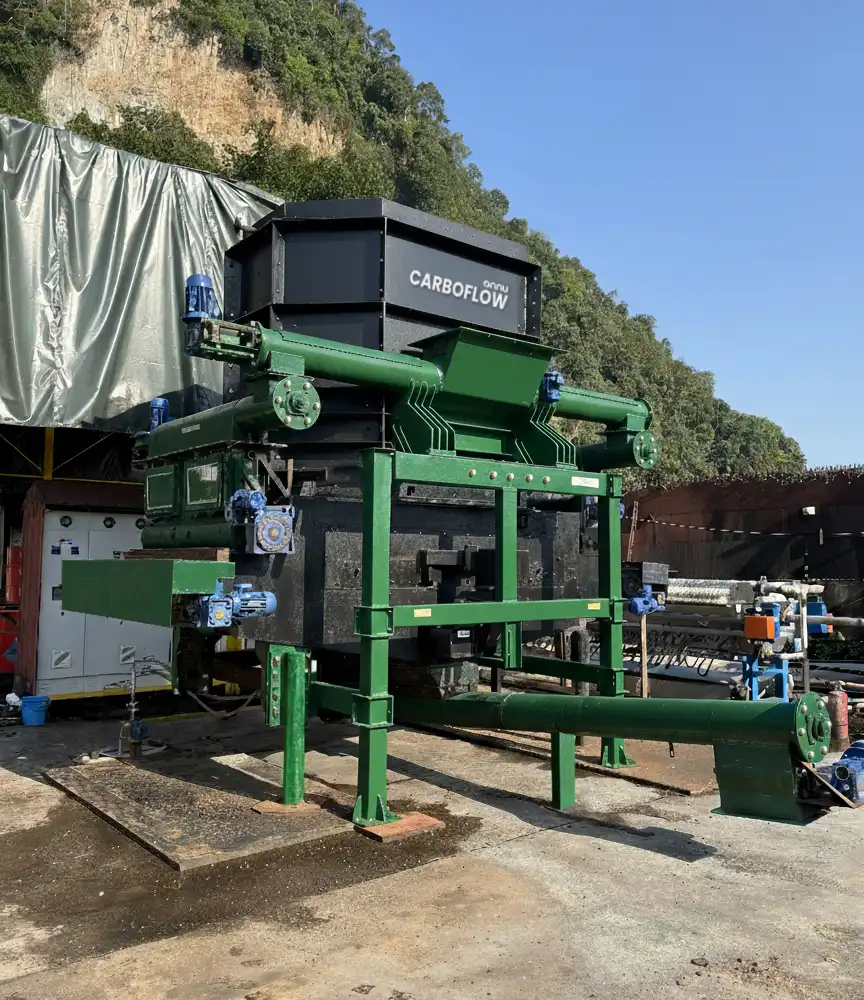Pyrolysis technology designed for project success
Our pyrolysis plants transform biomass into valuable biochar which removes atmospheric carbon - eliminating environmental harm and generating green energy.

Affordable
CarboFlow clients' payback time is half that of other projects.
.png)
Versatile
CarboFlow is able to pyrolyze a broad range of feedstocks.

High-Capacity
Throughput of up to 750 kg/hr, and easily scaled up or down.

CarboFlow Pyrolysis Machine
Capitalizing on our experiences as a project developer, we have first-hand experience of what is required to make pyrolysis projects truly viable. Our CarboFlow pyrolysis technology is built to be affordable, versatile and high-capacity, while delivering the highest standards of biochar and energy recovery.
The ability to work with a variety of feedstocks, the time to manufacture, and the cost of production are all challenges we have addressed in CarboFlow's design. With our technology, we hope to accelerate the rollout of projects that bring the biomass pyrolysis industry closer to its full potential.
The result is an affordable, high-performance, end-to-end pyrolysis machine that delivers both environmental and financial sustainability.

Business Model
A pyrolysis plant can be both hugely environmentally positive, and profitable:
Inputs
Pyrolysis

CarboFlow
Feedstock is thermally decomposed into biochar and syngas, which is combusted for energy to maintain the process and power any required drying process.
Read moreOutputs
Heat & Electricity
Excess energy can be available, delivered as hot air, water or steam, and co-generation of electricity.
Read moreBiochar, Biocarbon and Activated Carbon
Pyrolysis produces a range of valuable and climate positive products.
Read moreCarbon Credits
Carbon removal credits can be sold for income, or retired to reduce your own emissions.
Read moreAchieving carbon removal through pyrolysis
By creating biochar, the pyrolysis plants we build for our customers remove greenhouse gases (GHG) from the atmosphere. They therefore qualify for carbon credits which are issued by an independent registry.
These carbon credits can then be sold on the open market or retired by the plant owner to reduce their reportable emissions.
Carbon credits are measurable, verifiable emission reductions from certified climate action projects. These projects must adhere to a rigorous set of criteria set by leading carbon offset standards like Puro, CSI or Isometric.
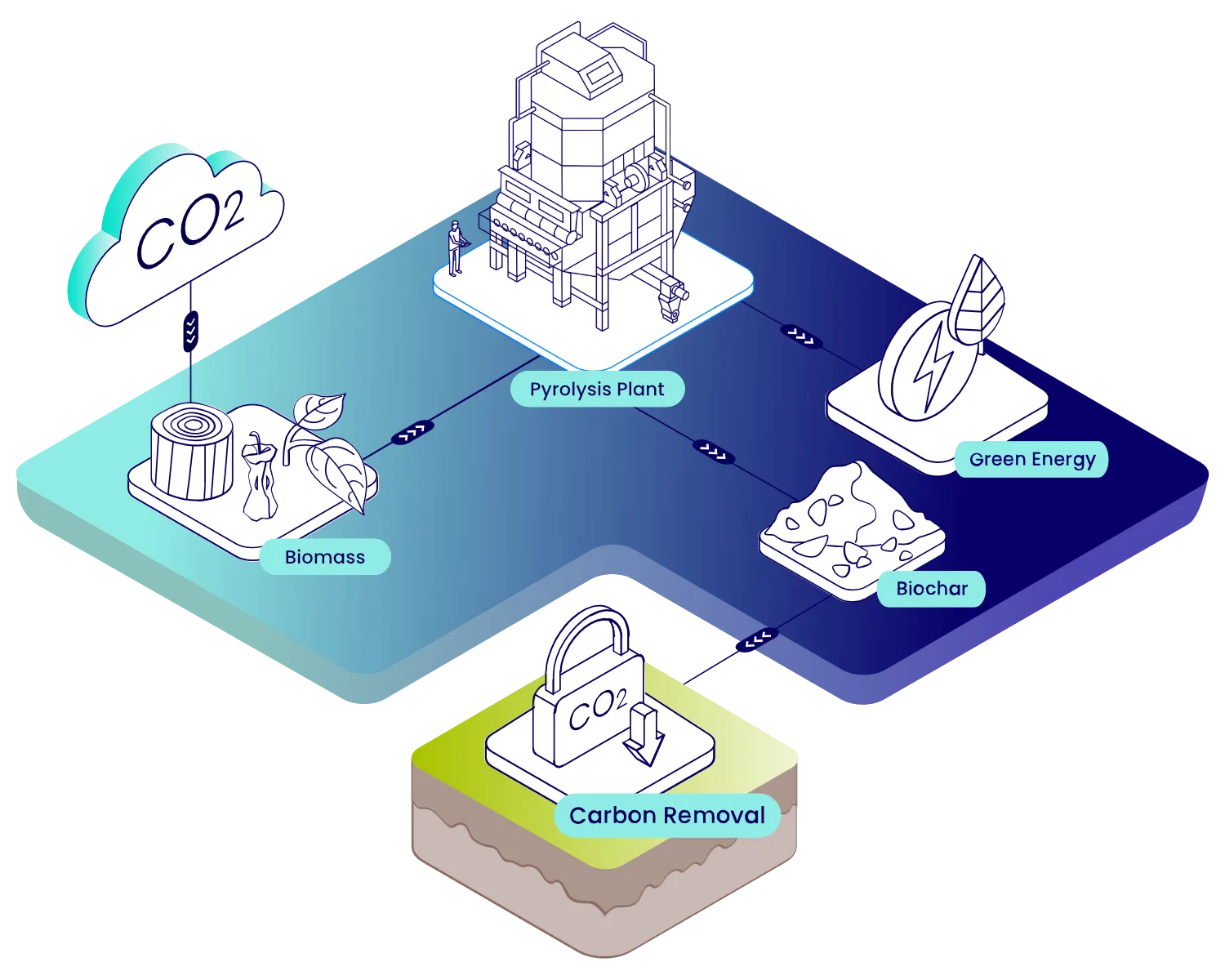
Sustainable Development Goals
Pyrolysis operations contribute to 8 of the 17 Sustainable Development Goals (SDGs).

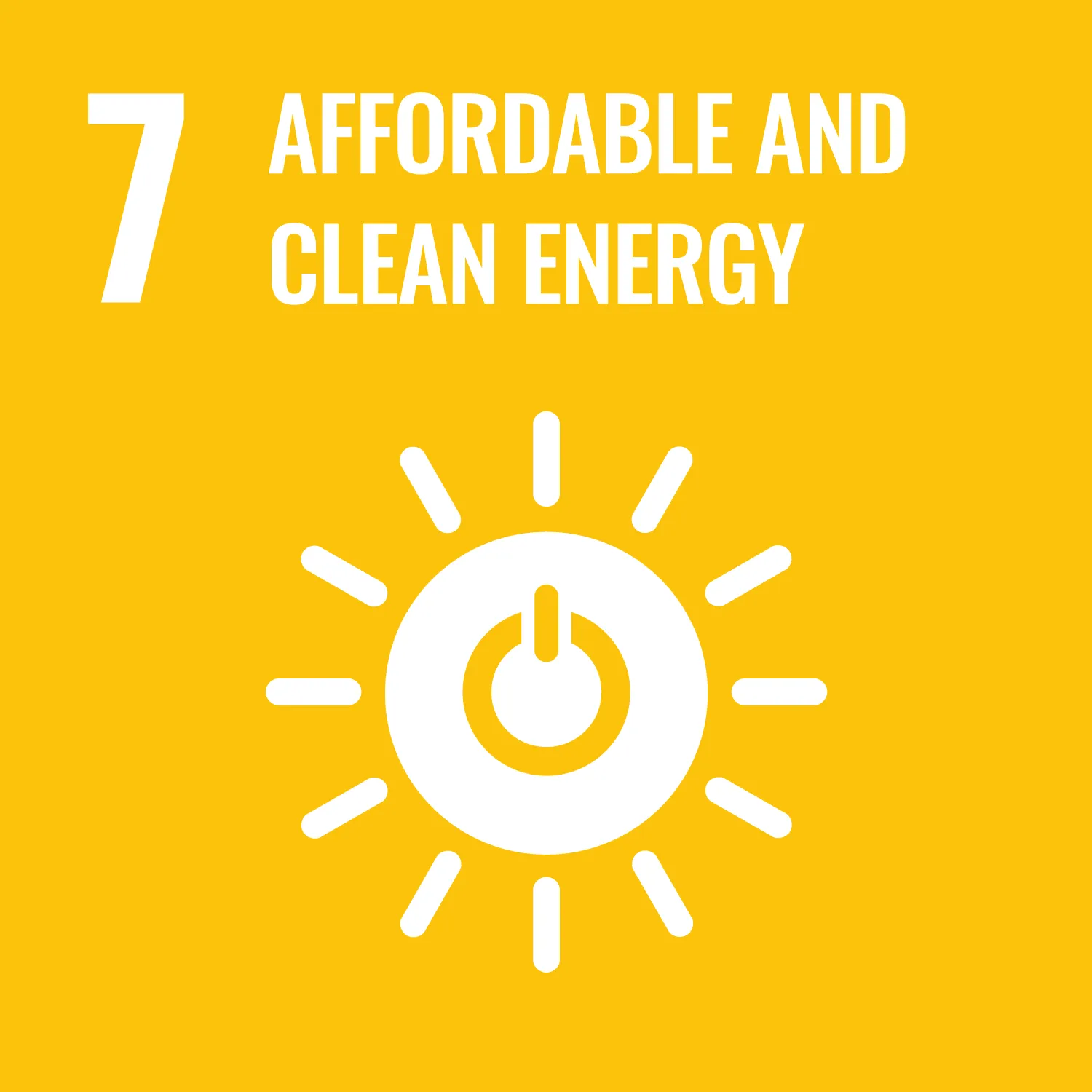
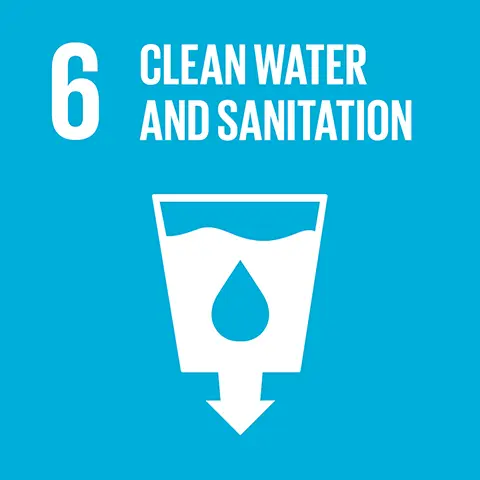

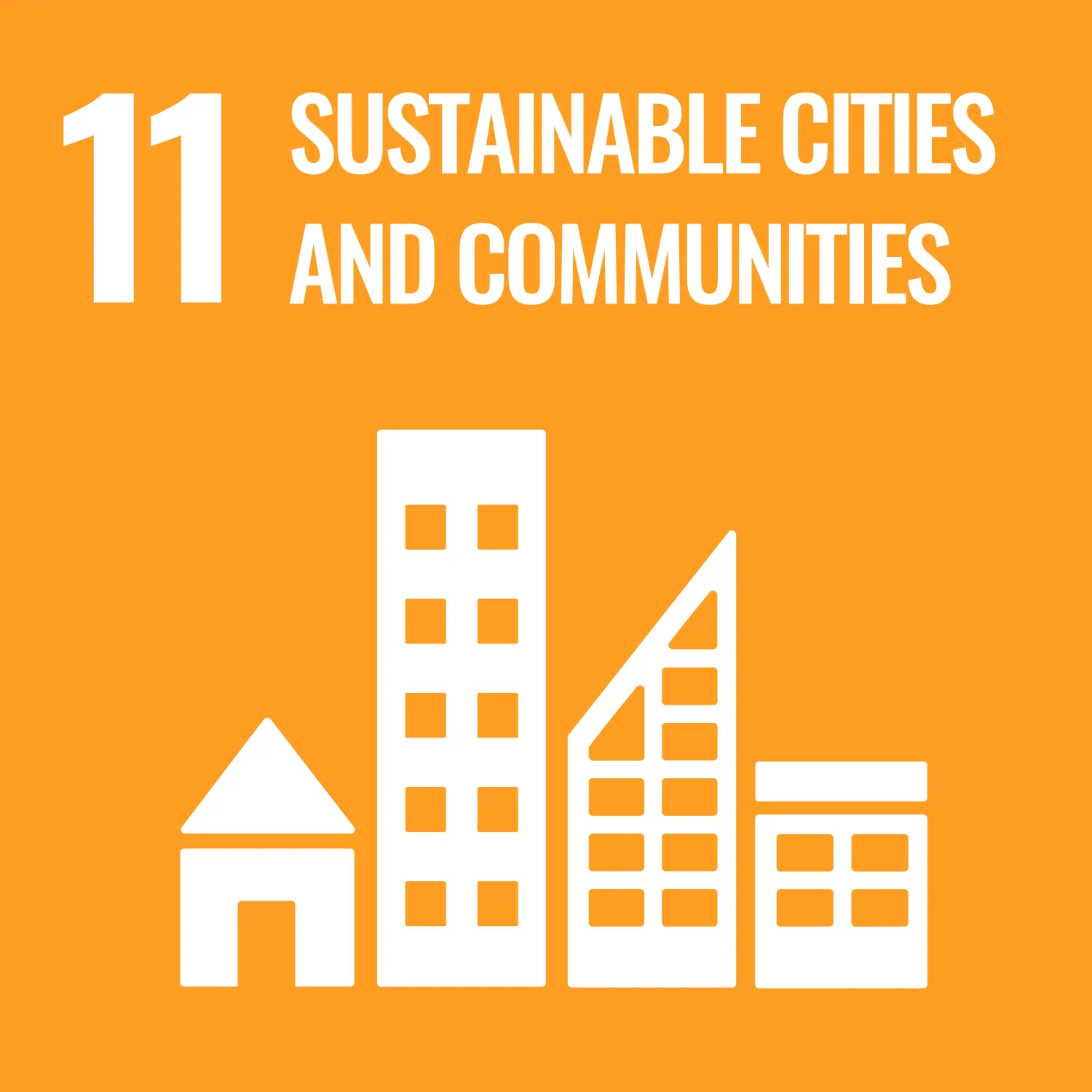
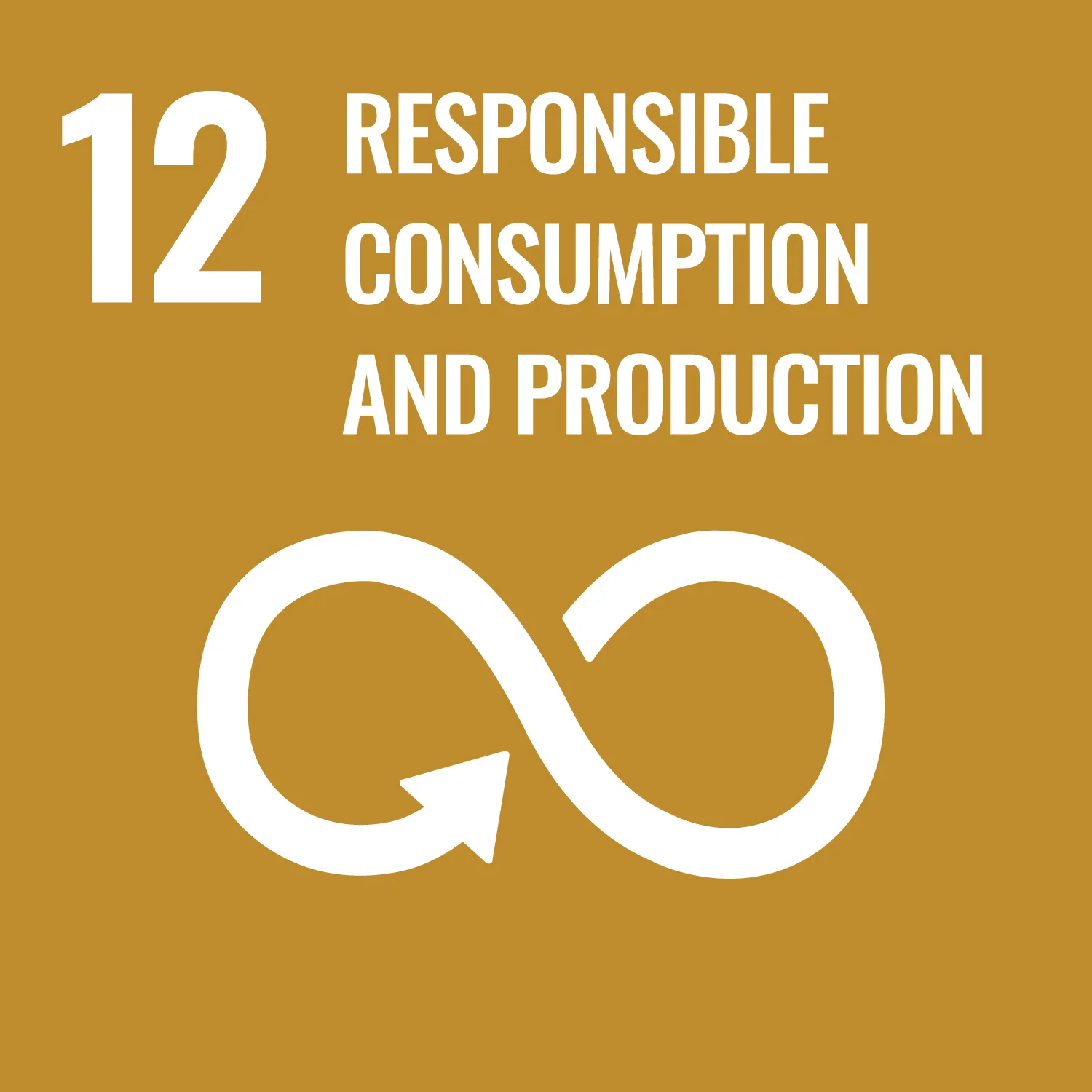
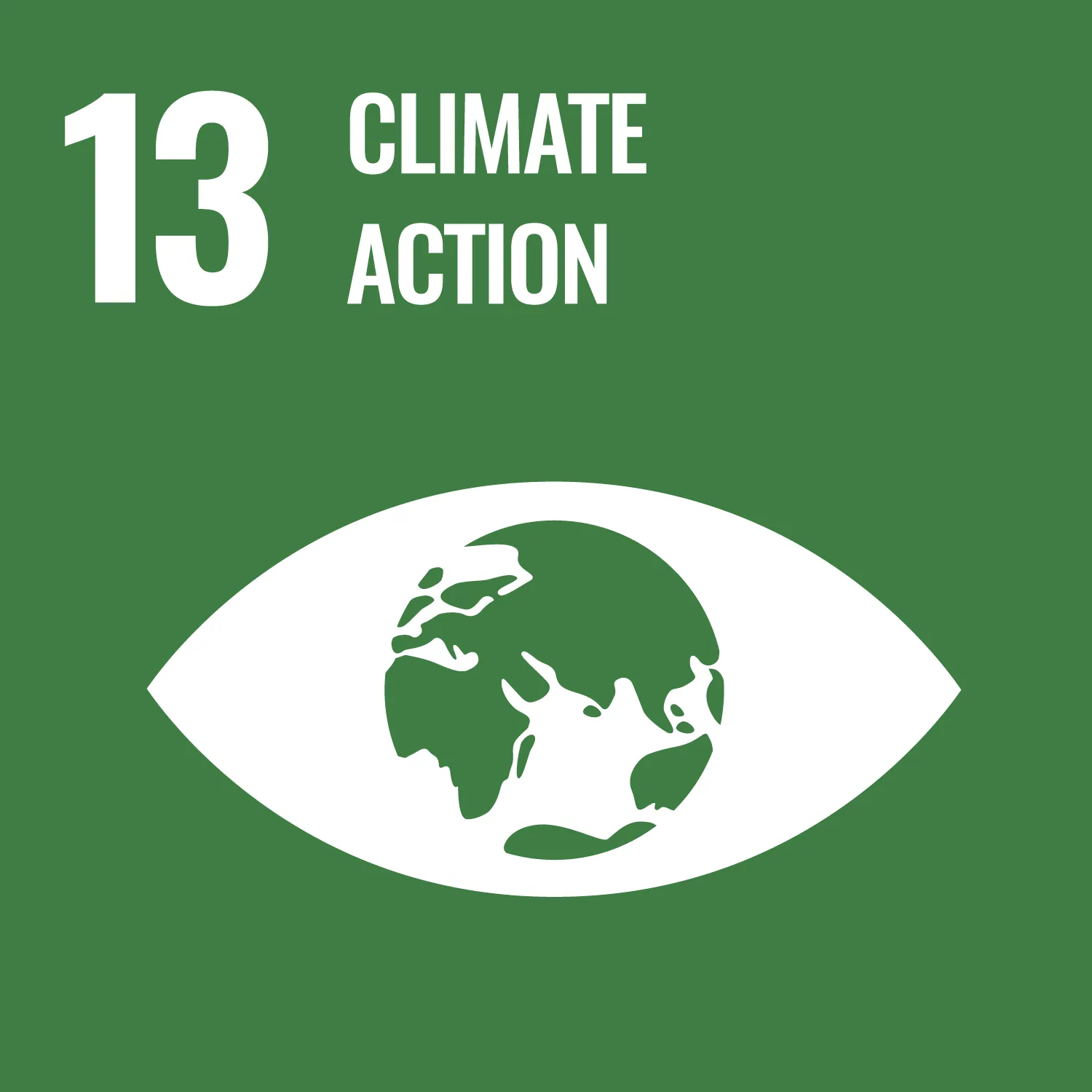
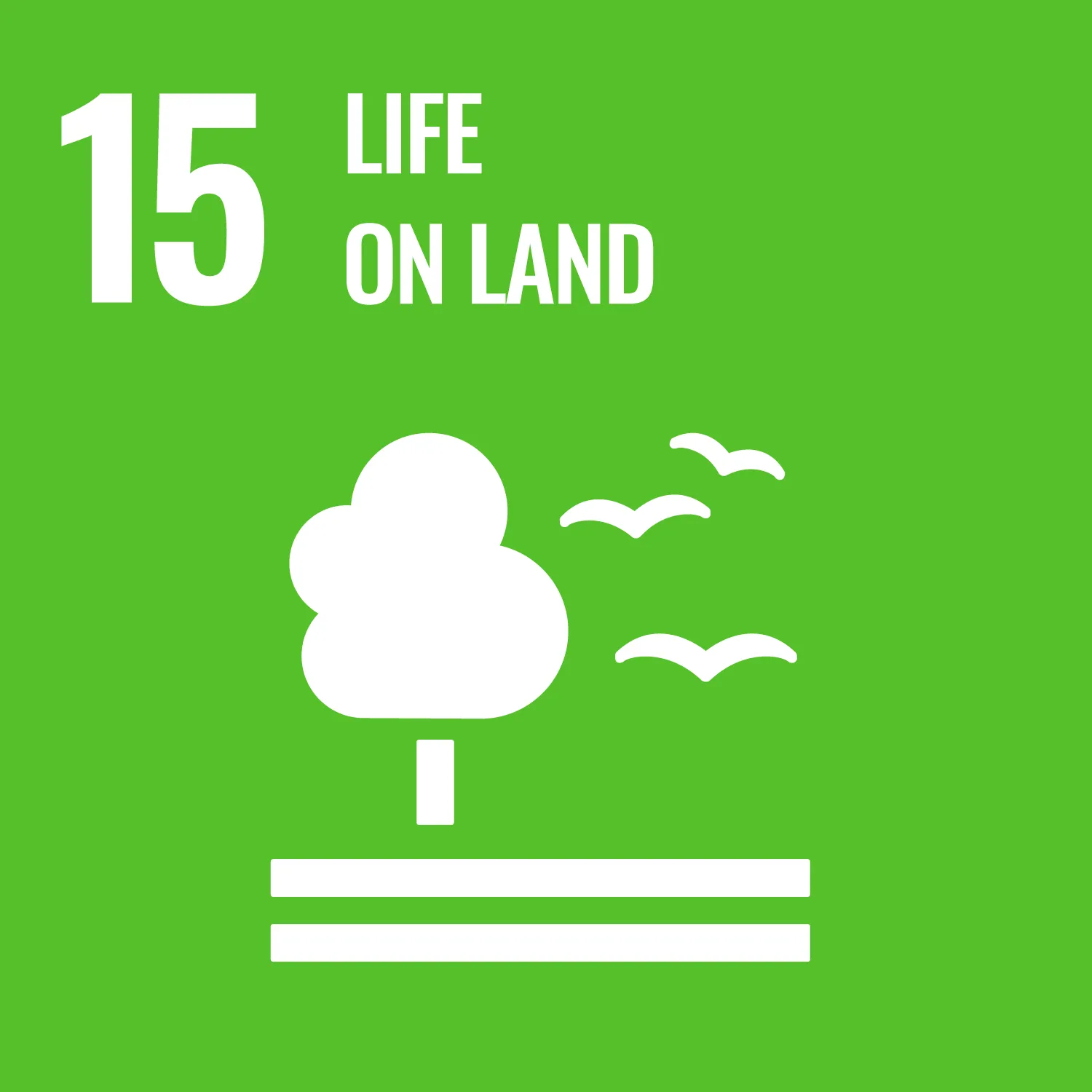
Our Installs
Want to discuss your project?
Our experts can advise on feedstocks, sites and all aspects of a successful pyrolysis project.

